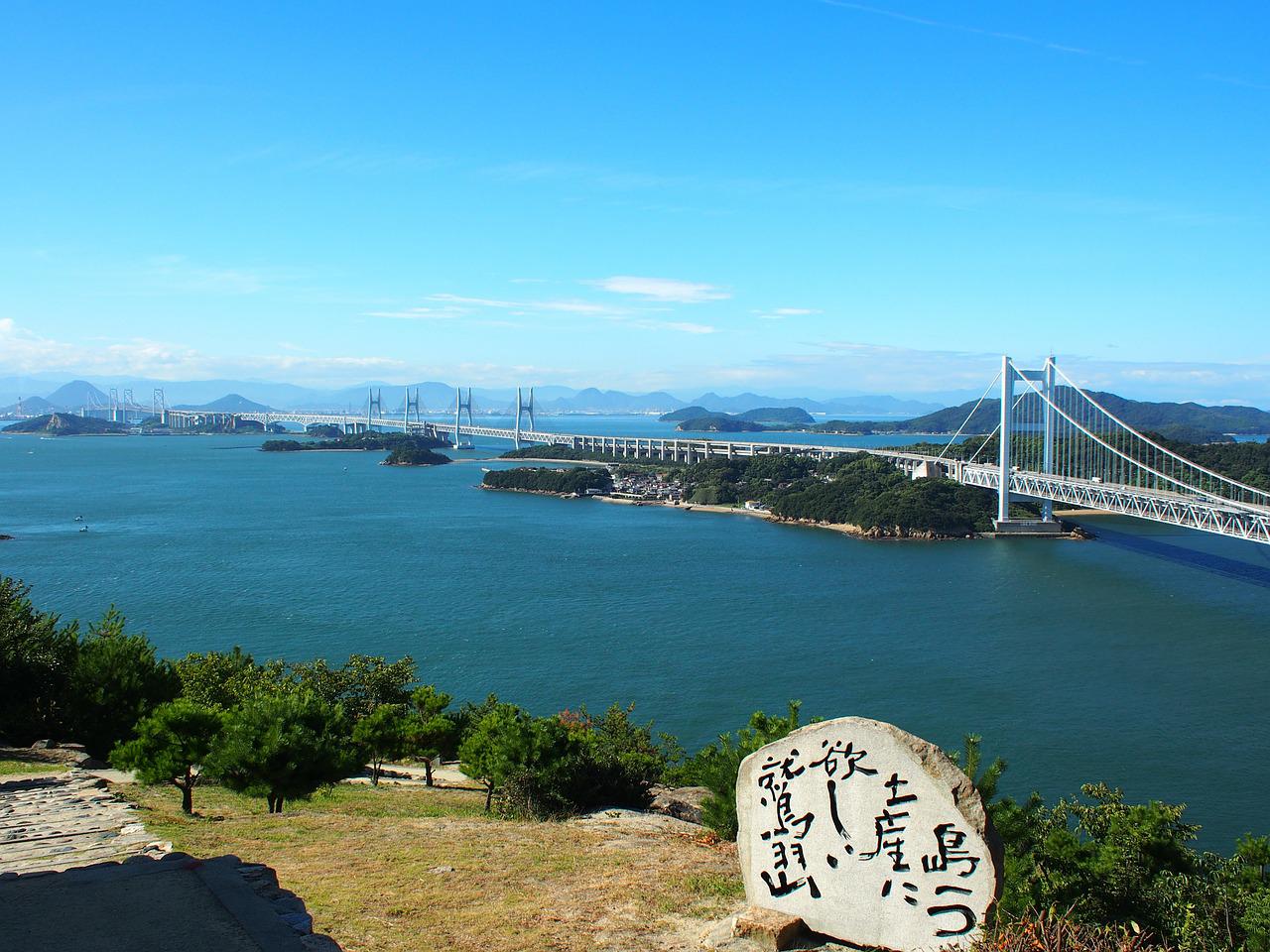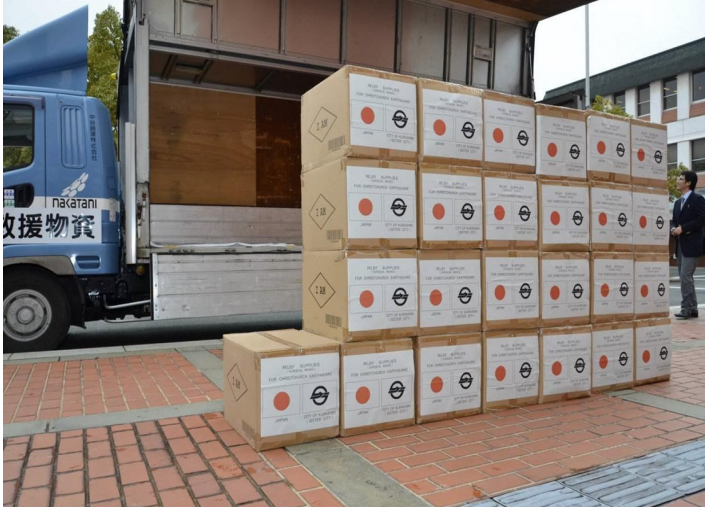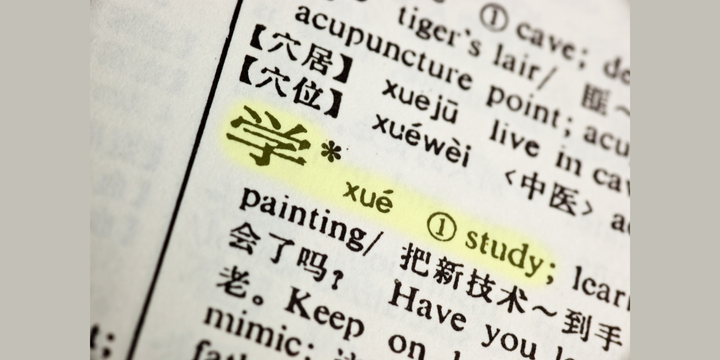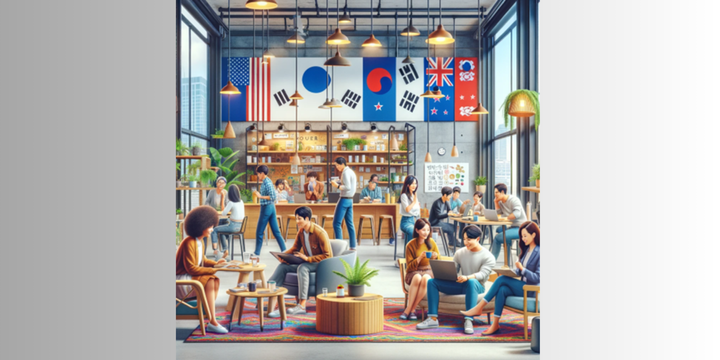Connected cities key to tackling climate change
Urban thought leaders from North Asia and New Zealand found that connections of all types are at the heart of sustainable development, in a webinar held by the North Asia Centre of Asia-Pacific Excellence

Urban thought leaders from North Asia and New Zealand find that connections of all types are at the heart of sustainable development.
It was the end of June 2018 when the rain began to bucket down across south-western Japan. The downpours didn’t stop for ten days. In the city of Kurashiki—halfway between Kyoto and Hiroshima—the record rainfall triggered a one-in-a-hundred-year flood, with rivers bursting their banks and inundating 5,700 homes. The floodwaters reached up to five metres high, and 2,000 people had to be rescued by boat from rooftops and balconies. Fifty-one people in Kurashiki lost their lives, and 9,000 people were displaced.
It was a devastating natural disaster that Kurashiki Mayor Kaori Ito firmly chalks up to climate change. “I believe the increasing trend of rainfall in Japan is due to climate change,” she said at the ‘Our Cities and the Climate Crisis’ webinar.
Ito was one of four speakers at the webinar, organised by the North Asia Centre of Asia-Pacific Excellence as part of its 50/60/70 series to celebrate the 50th, 60th and 70th anniversaries of New Zealand's diplomatic relations with China, South Korea, and Japan. The series aims to reflect on this history, while focusing on how we can cooperate and share knowledge to face our shared challenges.
Ito’s experience leading Kurashiki through the catastrophic floods shows how our cities must recover from and adapt to climate-change-fuelled natural disasters.
After the immediate phase of caring for people and cleaning up tonnes of flood-ruined waste, Kurashiki turned to building back infrastructure. The devastating experience spurred a range of adaptation measures to strengthen the city’s resilience to the impacts of climate change, including rooftop evacuation zones on apartment buildings and disaster prevention and preparedness education, while the riverbanks were widened and strengthened.
From flood recovery to climate action
The floods also galvanised climate action, with Kurashiki championing the United Nations Sustainable Development Goals (SDGs) and becoming a designated SDG city in 2020. Kurashiki subsidises solar panels for homes, not only to save energy, but to prepare for future emergency energy disruptions. Rooftop solar panels now adorn nearly 10% of the city’s houses. In 2021, Kurashiki declared its goal to become a zero-carbon city by 2050, with electric cars manufactured at the local Mitsubishi factory key to this transition.
Across the Pacific, the city of Christchurch in New Zealand sent support and donations to Kurashiki in the wake of the floods, echoing the kindness and aid shown by the Japanese city some seven years earlier. In the aftermath of the deadly 2011 earthquake, Kurashiki had sent supplies and search and rescue experts to help on the ground in New Zealand. This reciprocity grew out of a ‘sister city’ relationship, established in 1973. In building this long relationship through decades of cultural exchange, the two cities have been able to support one another in their time of need, showing how global connections can help us respond to local challenges in unforeseen ways.

Connecting governance and stakeholders
City-to-city relationships were just one type of connection showcased at the webinar. Denise Yoon, Policy Director at the Korea Federation of Environmental Movement and Secretary General of Korea’s SDG Network, highlighted how connections between governance systems and different stakeholders are integral to sustained climate action.
Through case studies of solar power projects in two different communities, Yoon identified common issues and structural barriers to ongoing success. These included inconsistency across projects and incoherent policy, and insufficient multi-stakeholder engagement.
“Socially vulnerable groups such as the disabled and migrants are left behind,” said Yoon, emphasising the importance of connecting sustainable development to social justice and equity. A lack of integration between national and local governance also impeded progress.
Recognising these policy roadblocks, South Korea has recently implemented reforms to strengthen and enhance legislation related to the SDGs and climate change.
Key solutions embedded in the new decision-making process include a multi-stakeholder engagement mechanism, the establishment of common goals, and follow-up and review of implementation to ensure it is coherent, comprehensive and consistent.
Connecting dual solutions
Connecting up related issues was a theme echoed by Dr Ping Jiang from the Fudan Tyndall Centre at Fudan University. He illustrated the problem with incredible photos showing the impact of severe air-pollution in 2013 in Beijing and Shanghai. He then shared the co-benefits of action to tackle air pollution and climate change simultaneously in Shanghai, where pollution levels and carbon emissions per capita have been decreasing slowly in recent years
Solutions that help to reduce both air pollution and carbon emissions must not only be technically viable—they must also be economically, politically and socially feasible, said Dr Jiang. Renewable energy, for example, is technically possible but not economically viable when it only has a small share in the whole energy system. So there is a need to understand how to expand the viability of co-benefit solutions through developing local institutions, good public policy, and encouraging citizen engagement. This is the main aim of Dr Jiang's research, which has identified areas ripe for achieving a co-benefit approach in the short, medium and long term.
The power and potential of pursuing co-benefits was echoed by Matthew Blaikie, Auckland Council’s Chief Sustainability Officer. He noted that Auckland’s climate response was not only about “enabling people to live low-carbon lifestyles” but also about fostering “better quality of life”.
“Climate action delivers multiple benefits,” said Blaikie, “and we can use climate action to address inequity.”
Other threads of connection are evident in Auckland’s climate plan, including its foundational partnership with mana whenua, and its focus on a physically connected city through public transport and walking and cycling infrastructure.
Cities must be a key focus of our global climate response. As Dr Jiang noted, although cities take up just 2-3% of land area, they are home to 50% of the world’s population, create 70% of the world’s GDP, and emit 70% of the world’s greenhouse gas emissions and air pollution. Connecting our cities up in a tapestry of diplomatic, physical and policy connections—like those explored by these diverse speakers from across North Asia—will strengthen our shared climate response and future sustainable development.
To stay up to date with the 50/60/70 webinar series, and other opportunities to connect with North Asia, follow the North Asia CAPE on LinkedIn or Facebook:



